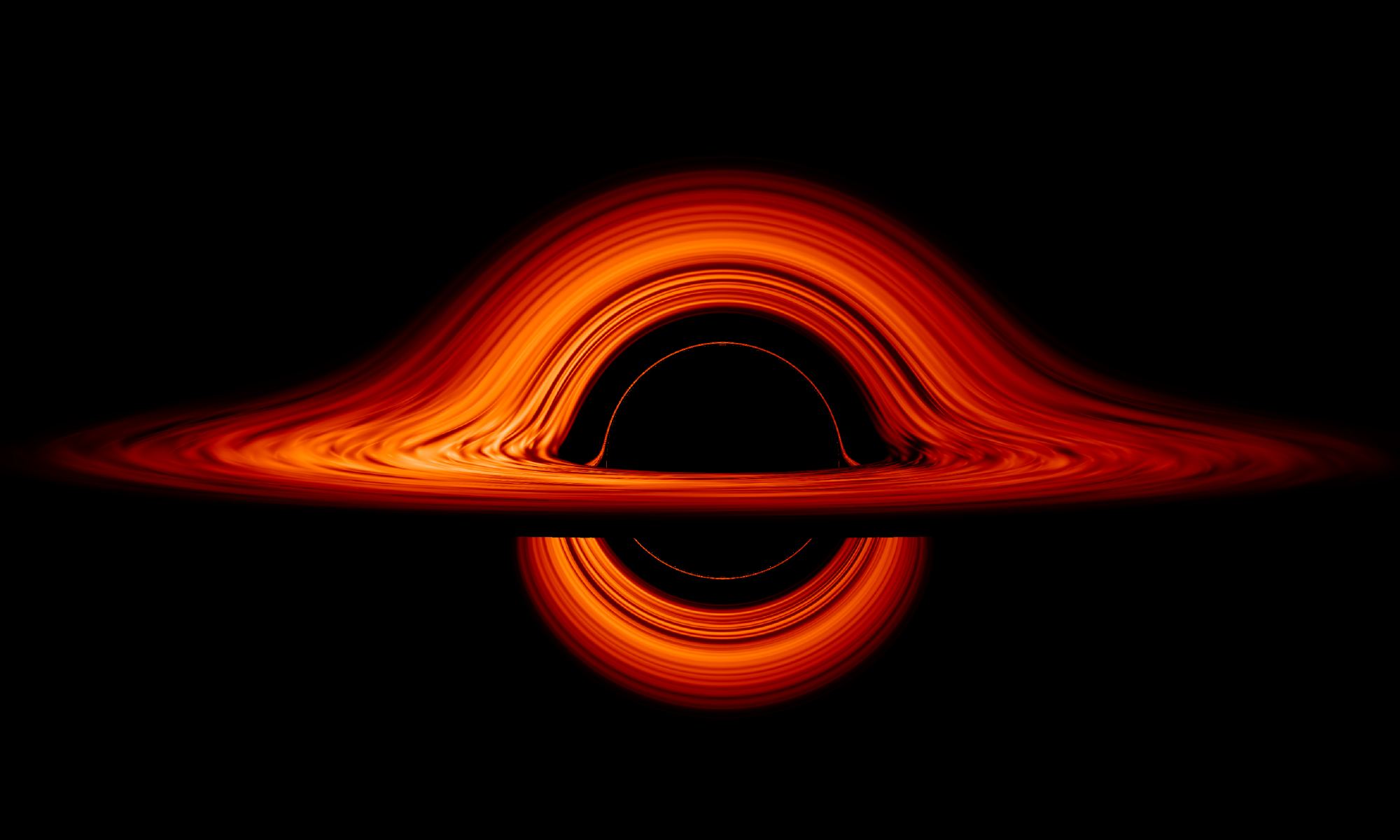In 1916, Albert Einstein put the finishing touches on his Theory of General Relativity, a journey that began in 1905 with his attempts to reconcile Newton’s own theories of gravitation with the laws of electromagnetism. Once complete, Einstein’s theory provided a unified description of gravity as a geometric property of the cosmos, where massive objects alter the curvature of spacetime, affecting everything around them.
What’s more, Einstein’s field equations predicted the existence of black holes, objects so massive that even light cannot escape their surfaces. GR also predicts that black holes will bend light in their vicinity, an effect that can be used by astronomers to observe more distant objects. Relying on this technique, an international team of scientists made an unprecedented feat by observing light caused by an X-ray flare that took place behind a black hole.
Continue reading “A Black Hole Emitted a Flare Away From us, but its Intense Gravity Redirected the Blast Back in our Direction”

